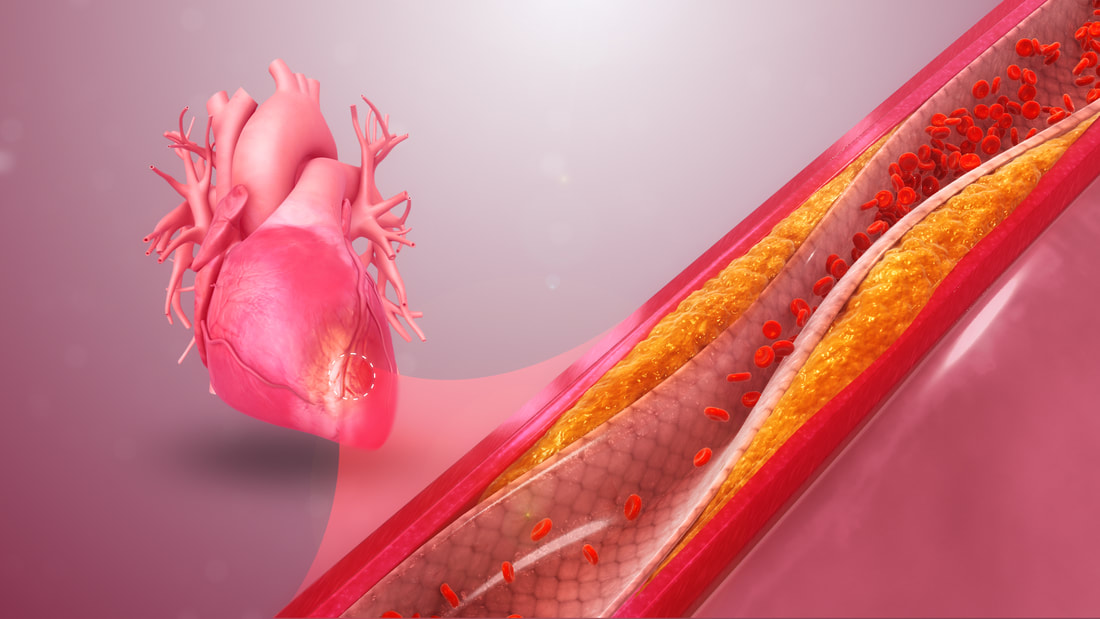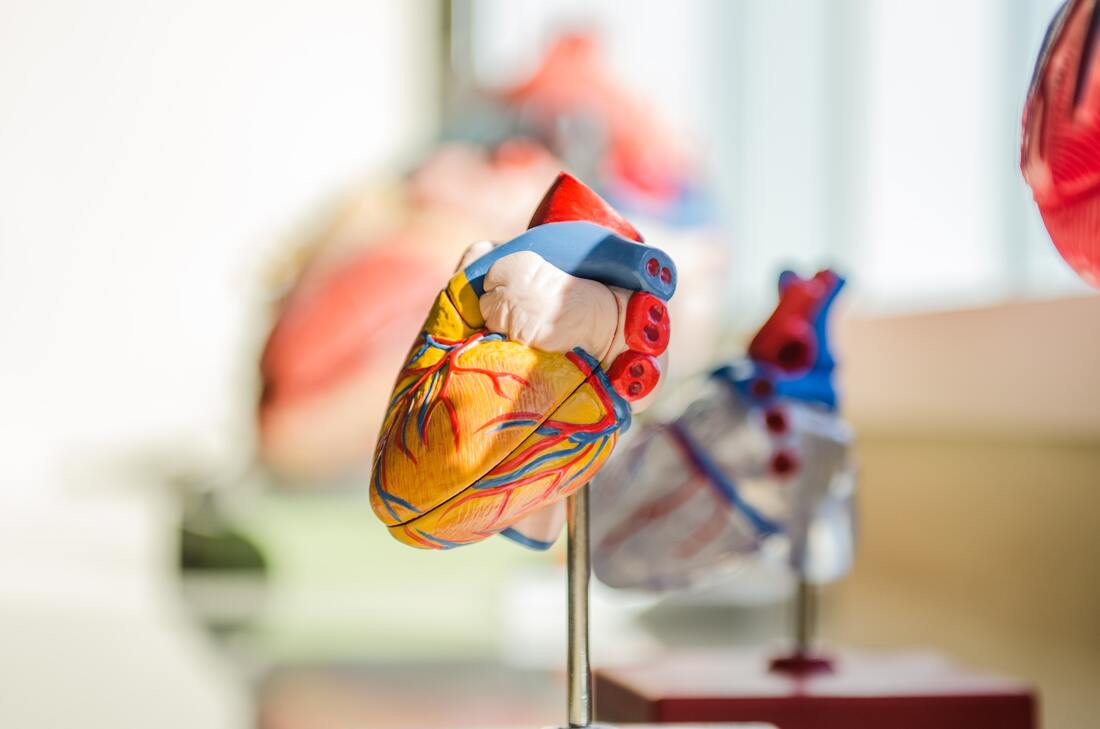Bioengineered Materials to Treat Heart Disease
Heart disease is the leading cause of death worldwide and is expected to continue rising in prevalence. Many adults suffer from atherosclerosis, or a buildup of fat and cholesterol in the arteries, which can result in heart attacks or heart failure. Recent innovations in the bioengineering field aim to create biomaterials that can repair and restore proper cardiac function in adults suffering from heart disease. These biomaterials include vascular grafts, cardiac patches, and injectable hydrogels.
Vascular grafts are tubes that can bypass diseased arteries or repair damaged arteries. They can be made from cells taken from other parts of a person’s body and then grown in a lab, and are able to withstand the pressure of blood flow. Although vascular grafts have been engineered since the 1980s, they had not been implanted into humans until the 2000s. Trials done on humans have shown mixed results over the years as the methods of creating biomaterials evolve. In some trials, the grafts began to narrow and restrict blood flow or were not strong enough to withstand blood flow. But improvements, including bilayer grafts, are being developed and have yielded promising results in rodent models. Another issue with vascular grafts is the time and resources needed to make grafts, so improved production techniques such as bioprinting are being explored. Such advances in the production of effective grafts will be necessary if they are to serve as a widespread treatment for cardiovascular disease.
Cardiac patches, or cardiac scaffolds, are used to repair damaged heart tissue. Similar to vascular grafts, cardiac patches are made of cells and are grown in a lab. These structures are able to integrate with the rest of the heart tissue and perform proper cardiac function. This treatment has primarily been intended for those who have suffered a heart attack and have damaged cardiac tissue. Studies done on cardiac patches in humans have shown that certain cardiac patches have been stable and effective in the long term. But once again, this is a relatively new development and requires further research in order for it to be used as a common treatment for heart disease.
Vascular grafts are tubes that can bypass diseased arteries or repair damaged arteries. They can be made from cells taken from other parts of a person’s body and then grown in a lab, and are able to withstand the pressure of blood flow. Although vascular grafts have been engineered since the 1980s, they had not been implanted into humans until the 2000s. Trials done on humans have shown mixed results over the years as the methods of creating biomaterials evolve. In some trials, the grafts began to narrow and restrict blood flow or were not strong enough to withstand blood flow. But improvements, including bilayer grafts, are being developed and have yielded promising results in rodent models. Another issue with vascular grafts is the time and resources needed to make grafts, so improved production techniques such as bioprinting are being explored. Such advances in the production of effective grafts will be necessary if they are to serve as a widespread treatment for cardiovascular disease.
Cardiac patches, or cardiac scaffolds, are used to repair damaged heart tissue. Similar to vascular grafts, cardiac patches are made of cells and are grown in a lab. These structures are able to integrate with the rest of the heart tissue and perform proper cardiac function. This treatment has primarily been intended for those who have suffered a heart attack and have damaged cardiac tissue. Studies done on cardiac patches in humans have shown that certain cardiac patches have been stable and effective in the long term. But once again, this is a relatively new development and requires further research in order for it to be used as a common treatment for heart disease.
Image Source: sbtlneet
Injectable hydrogels are small pockets filled with water and biomaterials that link together to form tissue. Similar to cardiac patches, injectable hydrogels function to repair damaged tissue. They consist of natural and synthetic materials that build the extracellular matrix (ECM), which can help regenerate cardiac tissue after a heart attack. Injectable hydrogels are minimally invasive, unlike cardiac patches, which require surgery to implant. However, they often lack the accuracy of cardiac patches. Early trials in humans have found some success with certain injectable hydrogels, but more studies need to be done on larger groups in order to confirm their safety and effectiveness. In order to address the inaccuracy of hydrogels, researchers are working on making “smart” hydrogels that are able to respond to their environment and release the appropriate materials. Hydrogels have also been susceptible to eroding in the body, but it is uncertain whether this has a significant impact. With some improvements, hydrogels could be capable of being a useful treatment for those suffering from impaired cardiac function caused by tissue damage.
Bioengineering is an exciting field of study because it opens up an entirely new world of treatments for many diseases. However, as with any new technology or innovation, there need to be more studies done before bioengineered materials are deemed safe to use on a large scale. The bioengineered materials mentioned in this article have the potential to improve the lives of millions of people living with a wide range of heart problems.
Bioengineering is an exciting field of study because it opens up an entirely new world of treatments for many diseases. However, as with any new technology or innovation, there need to be more studies done before bioengineered materials are deemed safe to use on a large scale. The bioengineered materials mentioned in this article have the potential to improve the lives of millions of people living with a wide range of heart problems.
Featured Image Source: ChadoNihi
RELATED ARTICLES
|
Vertical Divider
|
Vertical Divider
|
Vertical Divider
|






